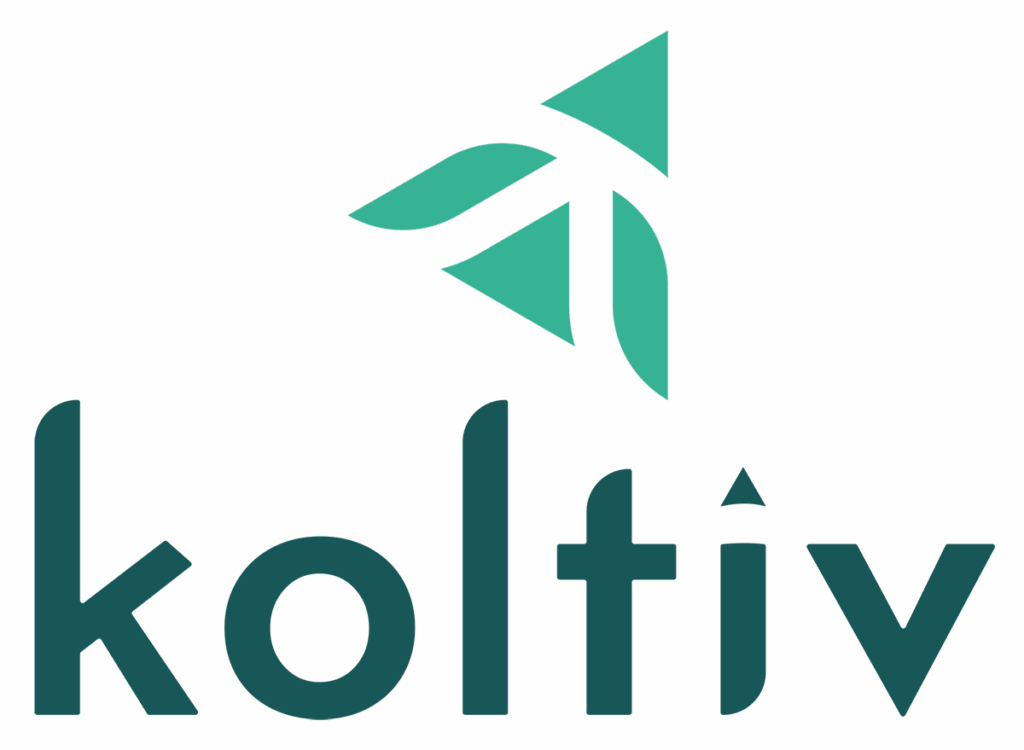Finding workforce in creative ways
Power Breakfast panel talks about inclusive hiring and retention practices

Business Record Staff Feb 17, 2023 | 10:09 am
7 min read time
1,745 wordsAll Latest News, Arts and Culture, Economic DevelopmentThe old ways of hiring and recruiting are probably not going to be your most successful ways.
Georgia Van gundy
Companies continue to look for unique strategies to draw in more workers as nearly every industry faces tight labor markets. At Feb. 16’s Power Breakfast, we heard about unique strategies to recruit employees through inclusive hiring practices.

Speakers included:
Ahmed Agyeman, director, Evelyn K. Davis Center for Working Families at DMACC Urban Campus.
Kathy Anderson, deputy division administrator, Iowa Workforce Development’s Business Engagement Division.
Ryan Bratvold, business development manager, BrownWinick Law Firm.
Marvin DeJear, chief diversity, equity and inclusion officer, Greater Des Moines Partnership.
Georgia Van Gundy, executive vice president, chief of staff, chief customer officer, Hy-Vee.
Ellie Wiskus, courtesy clerk, Pella Hy-Vee.
To kick off the panel discussion, we heard from two people who are considered to be from underrepresented backgrounds about their personal experiences: Ellie Wiskus, a courtesy clerk at the Pella Hy-Vee, and Ryan Bratvold, an Army veteran and business development manager at BrownWinick Law Firm.
In Wiskus’ prerecorded comments, she spoke with Hy-Vee Senior Communications Manager Nola Aigner Davis about her role at Hy-Vee and why employers should hire people with disabilities.
At 19, Wiskus has worked at Hy-Vee for 3½ years as a courtesy clerk, where she greets and helps customers as they walk through the door. She also helps with human resources management.
Her strengths lie in being a “people person,” and she said she loves helping people at the store, and seeing their faces “means everything” to her. Outside of work, Wiskus helps facilitate activities for elderly residents at Independence Village, is the manager for Pella High School’s dance team and enjoys baking.
She encouraged employers to hire people with disabilities because they work hard. But beyond that, she wants people to know what she’s like outside of work and consider those character traits.
“I’m funny, smart and a wonderful cook.”
Bratvold took the ASVAB, which is the Army’s aptitude test, on Sept. 11, 2001, when he was a sophomore in high school. He had never thought he would actually join the military, but due to a “tumultuous home life” and being a kid with “average grades and below-average athletic abilities,” he found himself raising his right hand and joining the Army. At 19, he was deployed to Iraq.
Throughout his service, Bratvold said he, like other service members, developed a valuable skill set.
“Throughout my service, I was thrown into what I consider one of the greatest melting pots imaginable, working with people from all walks of life,” he said. “Our toughness and our grit was tested on a daily basis through our training, so that when we were thrust into dangerous situations with high stakes, we could navigate those successfully.”
He believes employers should not overlook the value of hiring highly skilled and qualified veterans, particularly for their traits of leadership, teamwork, discipline and pride.
“I encourage the HR professionals, the recruiters and business leaders to look inward and ask your teams, ‘Are we considering untapped talents and the network and resources that are right here in our community?’ And as you receive applicants, consider military service and looking at the intangibles that those folks could bring to your team that would translate to success,” he said.
Here’s what our reporters took away from the panel conversation that followed the two opening stories.
Focus on the individual
Benefit offerings and compensation are key recruitment tools. But they’re even better retention strategies. At several points in the discussion, Bratvold brought up the power of robust mental health offerings and the effect they have on the general well-being of every worker. “When they’re better as an individual, they’re better as an employee,” he said. He implored leaders to put a greater focus on mental health, and put forth real action instead of just talking about how important it is. — Emily Kestel
Don’t underestimate the power of saying “thank you”
Throughout the conversation, panelists emphasized the need for employees to feel they are welcomed, included and valued. One easy way to do this, Anderson said, is by borrowing a page from the raising-a-good-kid playbook. With toddlers, she said, you call out and highlight the positive behavior in order to have less negative behavior. (Though she made it clear that she is not comparing employees to toddlers). However, she said it comes down to appreciating a job well done. Saying “thank you” doesn’t cost a dime, she said. — Emily Kestel
Look at flexibility with child care
Iowa is a nationwide leader in the number of families with parents working outside the home. The latest data shows three-fourths of households with children under age 6 having all parents at home in the labor force. Thus, when it comes to examining ways to be flexible, look at what parents are experiencing. Anderson said employers should consider what the child care landscape looks like in the area. For example, if the local child care center that most of your employees who are parents take their kids to doesn’t open until 6 a.m., move your shift start date to 6:15 a.m. so they have enough time to get through drop-off. “Work with the child care center to see what schedule you can work out together,” she said. — Emily Kestel
Shifting a mindset into action
“You have to work with school districts. You have to work with nonprofit organizations and other organizations that represent populations that maybe aren’t as represented in the workforce and really change your way and know you’re going to work with these individuals and help them find a career path,” Van Gundy said. She also said there also needs to be an intentional focus on diversity, and work with organizations to help create a more diverse workforce. — Michael Crumb
Preparing residents returning from incarceration for the labor pool
The Evelyn K. Davis Center for Working Families works with returning residents on financial planning and literacy, and other resources such as setting up bank accounts, housing and technology skills, Agyeman said. “We build those relationships so by the time you come out in the community they come in they can visit with our coaches to continue on.” — Michael Crumb
Become intentional about engagement
There are different ways to become engaged in the community, such as working with community-based organizations, neighborhood associations and community leaders. Businesses also should be intentional about geofencing and connecting with organizations and colleges that serve people of color and underrepresented groups, because “they have the talent already there,” DeJear said. He also spoke about investing money in those engagement efforts. “Putting resources within your team to show that you have actual individuals out here building trust and making those connections intentional.” DeJear also talked about the importance of expanding internship programs to the high school level. “If you don’t have an internship program with college or high school students, you’re leaving a lot of talent on the table. If you start working with some of these youth earlier and you can get them to understand the culture of your organization, they typically buy in and are looking for ways to be part of that team, especially if they go on to college and come back.” — Michael Crumb
Hiring with an inclusive mindset
DeJear shared some best practices employers can consider to ensure the pool of talent for any given job is inclusive. He suggested removing names from applications or creating job postings that focus on the skills needed for a role “not so much that they have a bachelor’s degree or master’s degree.” With the millennial and Gen Z generations’ interest in flexibility and working for organizations that act on their values, DeJear said “being more intentional is key” to diversifying Iowa’s workforce. “Go to diverse spaces to recruit. … Networking is key and a lot of folks in untapped talent communities don’t have the same connections,” he said. “If you’re not taking the time as an employer to be intentional, and going out and building trust and relationships you need working with people, community-based organizations or within your team, you have to step outside of your box. You have to become uncomfortable if you really want to make sure you have the workforce you need for the future.” — Sarah Bogaards
Training and retention are just as important as recruitment
Van Gundy described some of Hy-Vee’s efforts to create a welcoming environment to employees through culture and training for managers within stores, including holding cultural conversations with managers and employees and working to increase supplier diversity. Anderson talked about how ongoing internal training can positively affect retention. She said the Business Engagement Division is piloting a new training program called PsychArmor with about 26 companies and has received good feedback. “It’s truly a fantastic way to help develop both internal management leadership, senior leadership, HR leadership, and then also kind of front-line management,” she said. All the work put into recruitment should continue past an employee’s hiring date, she said. “You go through all the work to recruit, but if you’re not doing the work internally to make sure that you’re retaining those talent pools as well, that’s just necessary. Really, you need to be doing both.” — Sarah Bogaards
Hiring, retaining employees
The panelists offered a range of ideas when asked what employers should focus on as they hire and work to retain workers. Bratvold said employers should review the benefits packages provided workers and compare the benefits to those offered by other employers. Employers should also consider reaching out to organizations and groups that they historically have not contacted, Van Gundy said. “The old ways of hiring and recruiting are probably not going to be your most successful ways.” Agyeman suggested employers review the requirements listed in job descriptions. “Are [prospective employees] expected to provide their own equipment, steel-toed boots, other things? Not everyone can afford to do that.” — Kathy A. Bolten
Unconscious bias training
All employees and managers should go through unconscious bias training, DeJear said. “We all have different experiences, lived experiences, cognitive experiences. … We all have biases. I have biases. Everyone on this panel has biases in some capacity. We have to be able to recognize those biases and work on them. You need to be able to make sure that you’re not discounting anybody within your team just because of your own possible [biases] that you may not even be aware of.” — Kathy A. Bolten











